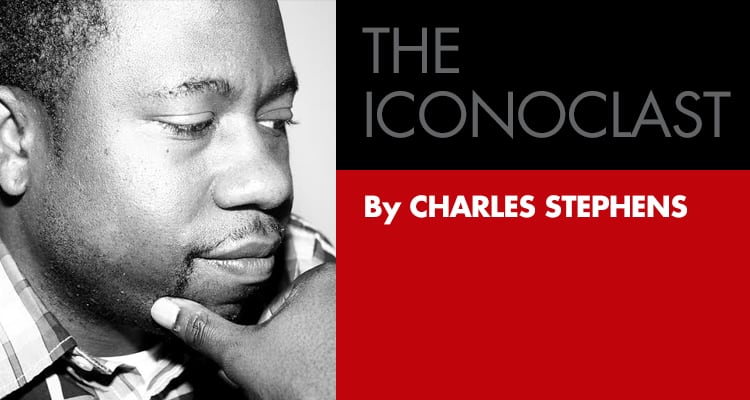Art is indispensable to social justice. Effective social movements are often accompanied by, if not shaped by, art and artists. One of the more recent examples that comes to mind is from the 1980s, when a flourishing black LGBTQ movement was reinforced by the cultural production of poets such as Essex Hemphill, Audre Lorde, and Pat Parker, along with the essayist Joseph Beam and the filmmaker Marlon Riggs.
In 1986 alone, we saw the founding of such iconic organizations as Gay Men of African Descent (GMAD), Adodi, and the first conference on HIV in the black community, coupled with the publication of the anthology In the Life and the founding of Other Countries, a black gay men’s writers collective. These combined forces inspired a collective community resilience that demonstrates the power of art in the service of social justice.
In our current moment, when we are constantly confronted by images of black people being murdered, I’ve also noticed, on social media in particular, the referencing of Audre Lorde and James Baldwin. Art thus helps inspire a language of resistance. This indicates the urgency of allocating resources to support the work of artists and the development of arts institutions that can credibly grapple with racial equity and black LGBTQ justice in particular.
Atlanta has one of the most powerful legacies and traditions of black LGBTQ artists speaking truth to power, and the city can best honor those legacies by investing in their continuation by supporting artists, arts institutions, and strategic partnerships with social justice organizations.
Certainly, there are Atlanta-based artists and arts institutions that have been very effective at engaging black LGBTQ issues, but there has to be more. Most critically, arts funders: theater, literature, film and the visual arts must also recognize their role not merely in supporting existing institutions, but also in fostering innovation by creating new opportunities for emerging artists, particularly within the black LGBTQ community. This has occurred sporadically, but not in a sustained way.
To move in that direction, here are some ideas about what that could look like: (1) A fellowship specifically designated for a black LGBTQ person to work as a curator in one of the local museums; (2) a residency designed for a black LGBTQ playwright at one of the local theater companies; (3) a fellowship targeting black LGBTQ artists in the literary and/or visual arts; (4) a workshop for screenwriters that focuses on engaging emerging black LGBTQ writers; (5) funding that encourages the development of black LGBTQ leadership in the theater community; and (6) partnerships between community-based organizations and arts organizations to grapple with racial equity and black LGBTQ justice in the city.
More on that last point: There are two major AIDS service organizations within walking distance of the Woodruff Arts Center. Also, the King Plow Arts Center is in a community with one of the highest HIV rates in the city. This provides an opportunity for us to reimagine the role of the arts institution in innovation by directly engaging with pressing social issues. Cultural intervention through space, place and proximity can benefit both the arts institution and the community-based organization through sustained partnership and collaboration. Something as simple as a monthly coffee between, say, an AIDS service organization and an arts organization would go a long way.
Atlanta must lead not only in racial justice, and not only in investment in the arts, but in bridging social justice and the arts.

